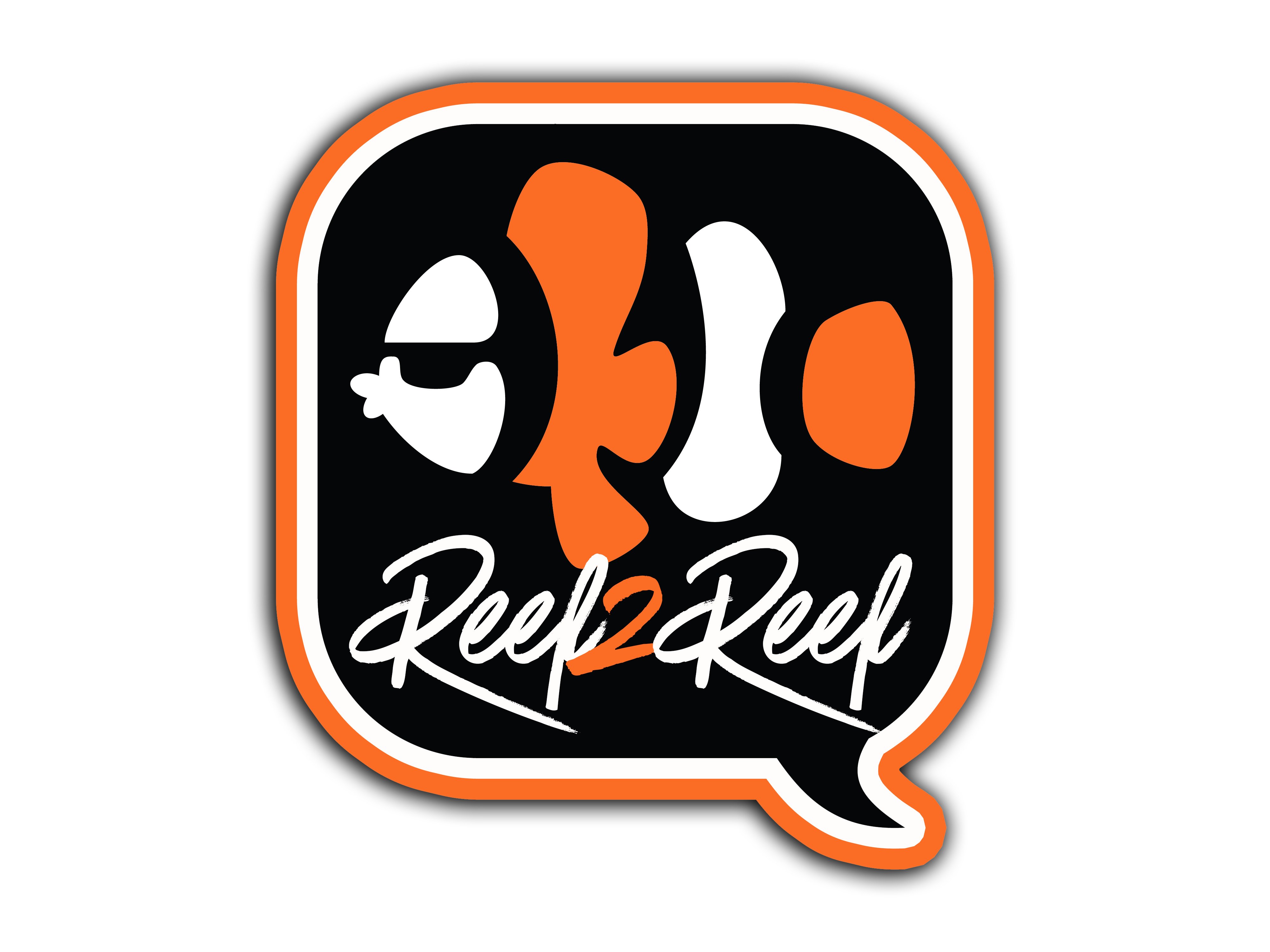Hello all,
I'm new here but have had a 75g (+20g sump) reef tank for the past couple years, and been constantly reading posts from afar for many years.
I just built a lighting setup for it. I wrote a DIY guide (easier to put on instructables than a forum because it is a bit long). But would love to share it here and get feedback for improvement. This is my latest build with hopefully more iteration to come so would love to get feedback or thoughts. I plan to make it look a bit nicer, but this is the first working prototype of this version.

https://www.instructables.com/Reef-Tank-LED-Lighting-High-PAR-Low-Cost-DIY/
I can already tell it's way better than my last lighting solution since my anemonoe has gotten the biggest I have ever seen it even in just like 2 days of testing this new light.
PS: I've also done a lot of other DIY for my tank, like building the entire base, wiring/programming an auto top off solenoid valve connected to a float valve and RODI system, 3D printed filter sock holders, and others. I'm happy to share if there is interest in any of those.
- Ryan
I'm new here but have had a 75g (+20g sump) reef tank for the past couple years, and been constantly reading posts from afar for many years.
I just built a lighting setup for it. I wrote a DIY guide (easier to put on instructables than a forum because it is a bit long). But would love to share it here and get feedback for improvement. This is my latest build with hopefully more iteration to come so would love to get feedback or thoughts. I plan to make it look a bit nicer, but this is the first working prototype of this version.
https://www.instructables.com/Reef-Tank-LED-Lighting-High-PAR-Low-Cost-DIY/
I can already tell it's way better than my last lighting solution since my anemonoe has gotten the biggest I have ever seen it even in just like 2 days of testing this new light.
PS: I've also done a lot of other DIY for my tank, like building the entire base, wiring/programming an auto top off solenoid valve connected to a float valve and RODI system, 3D printed filter sock holders, and others. I'm happy to share if there is interest in any of those.
- Ryan





















